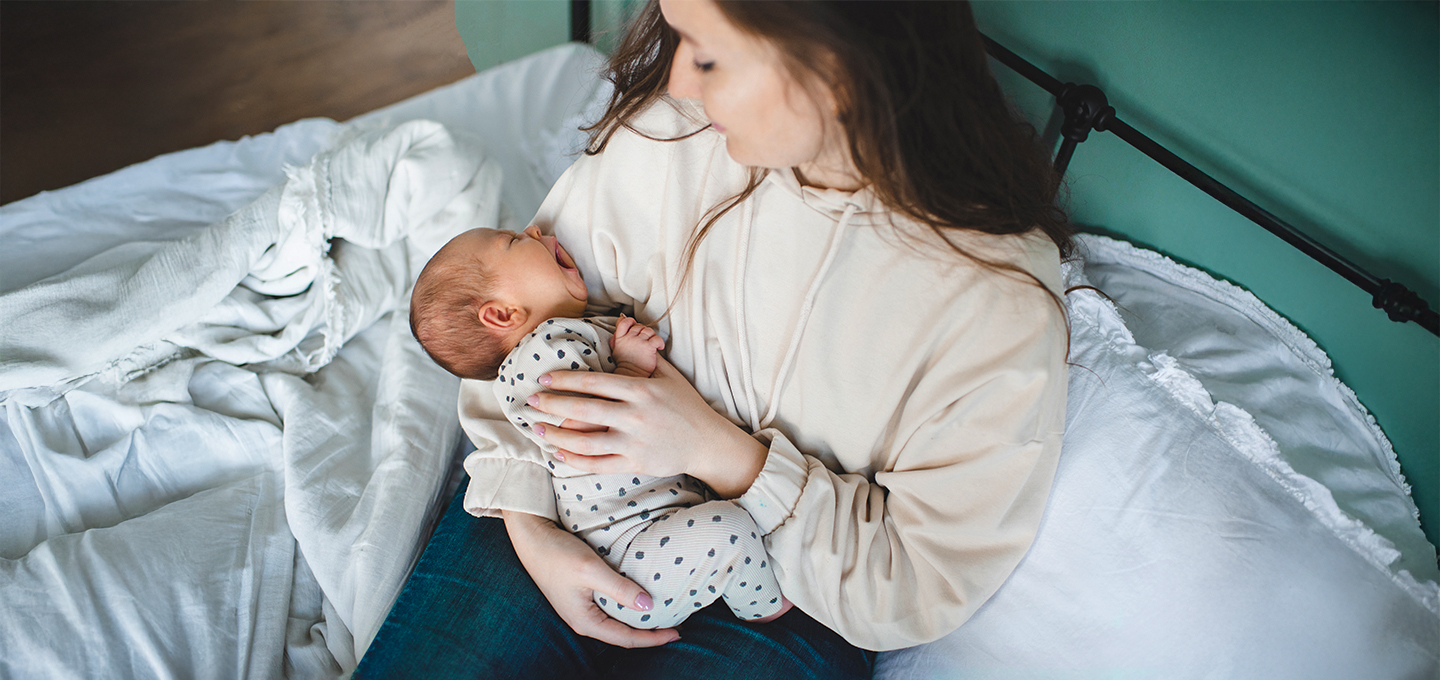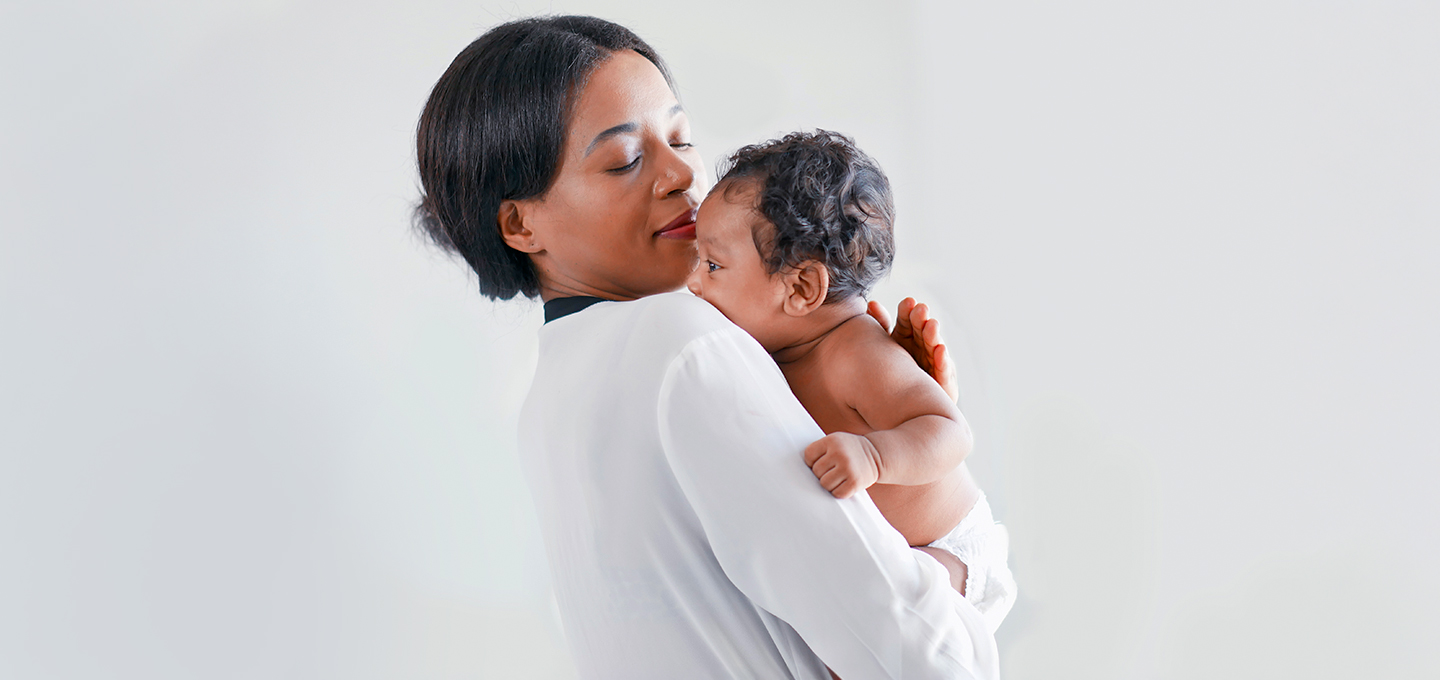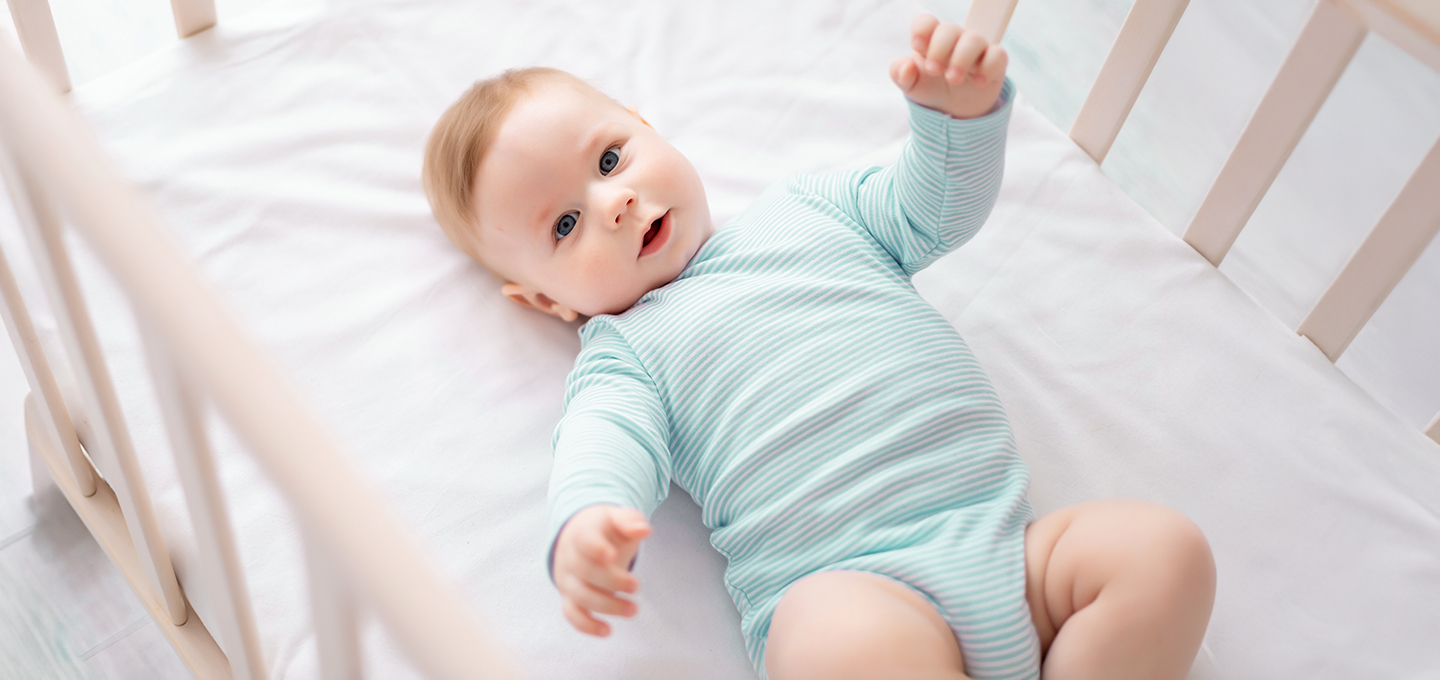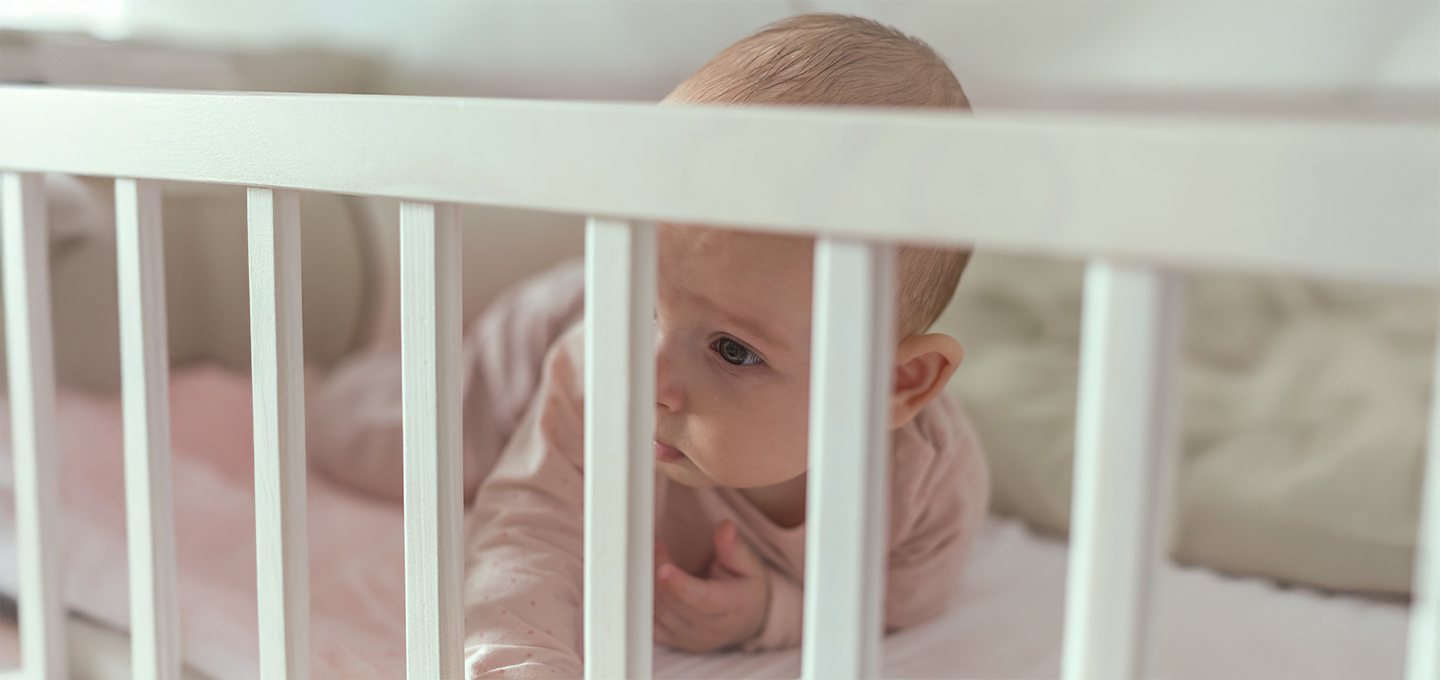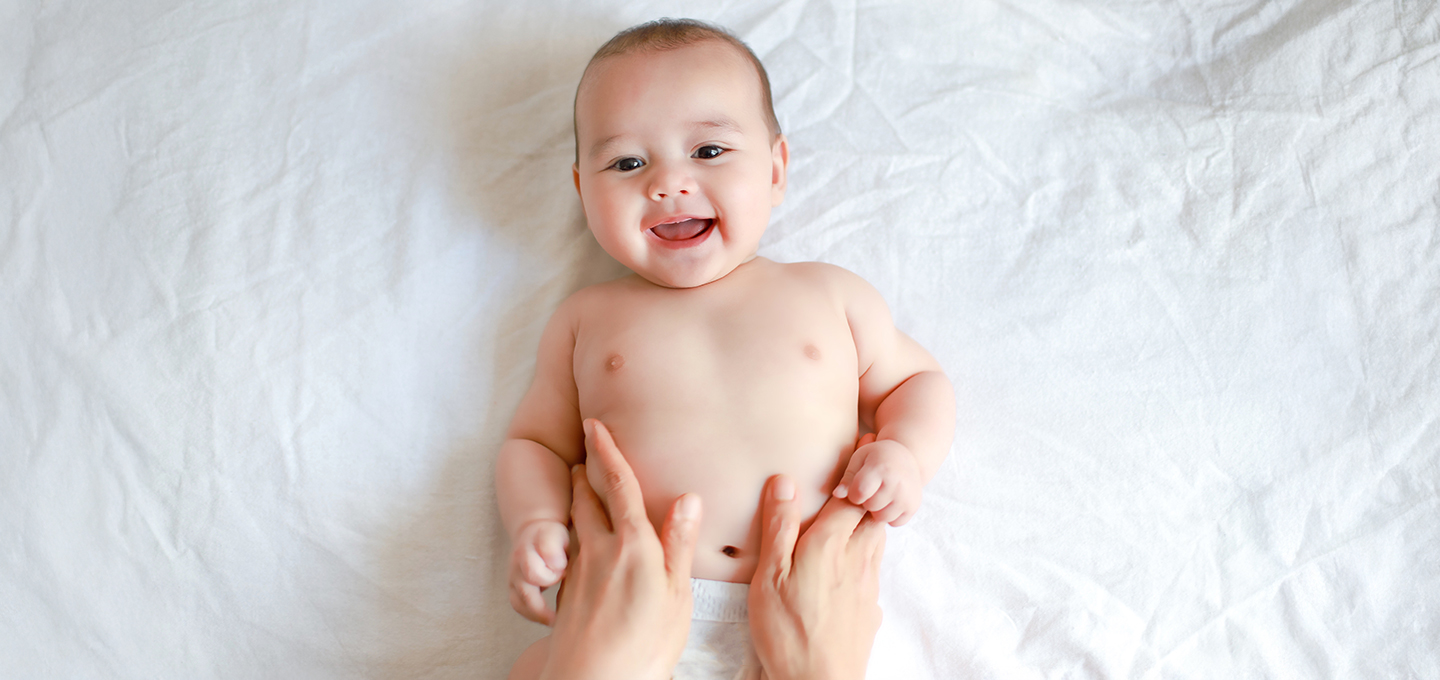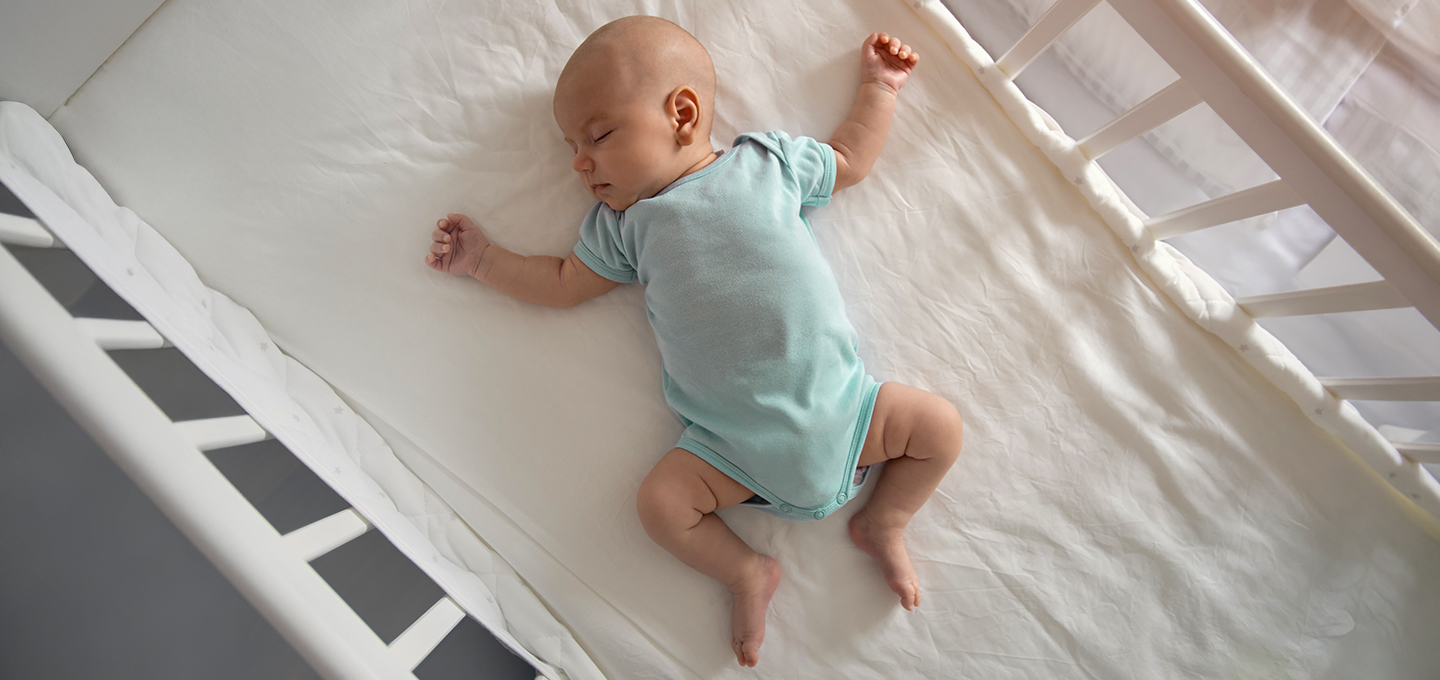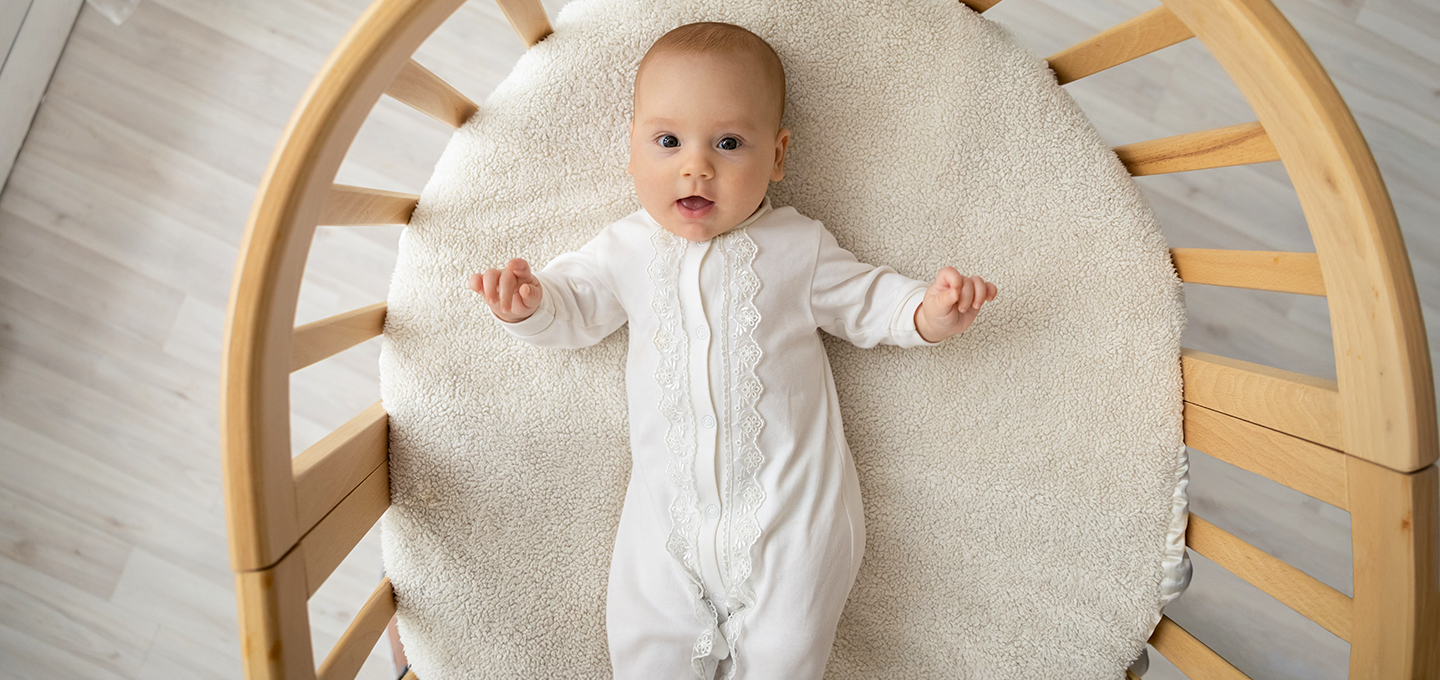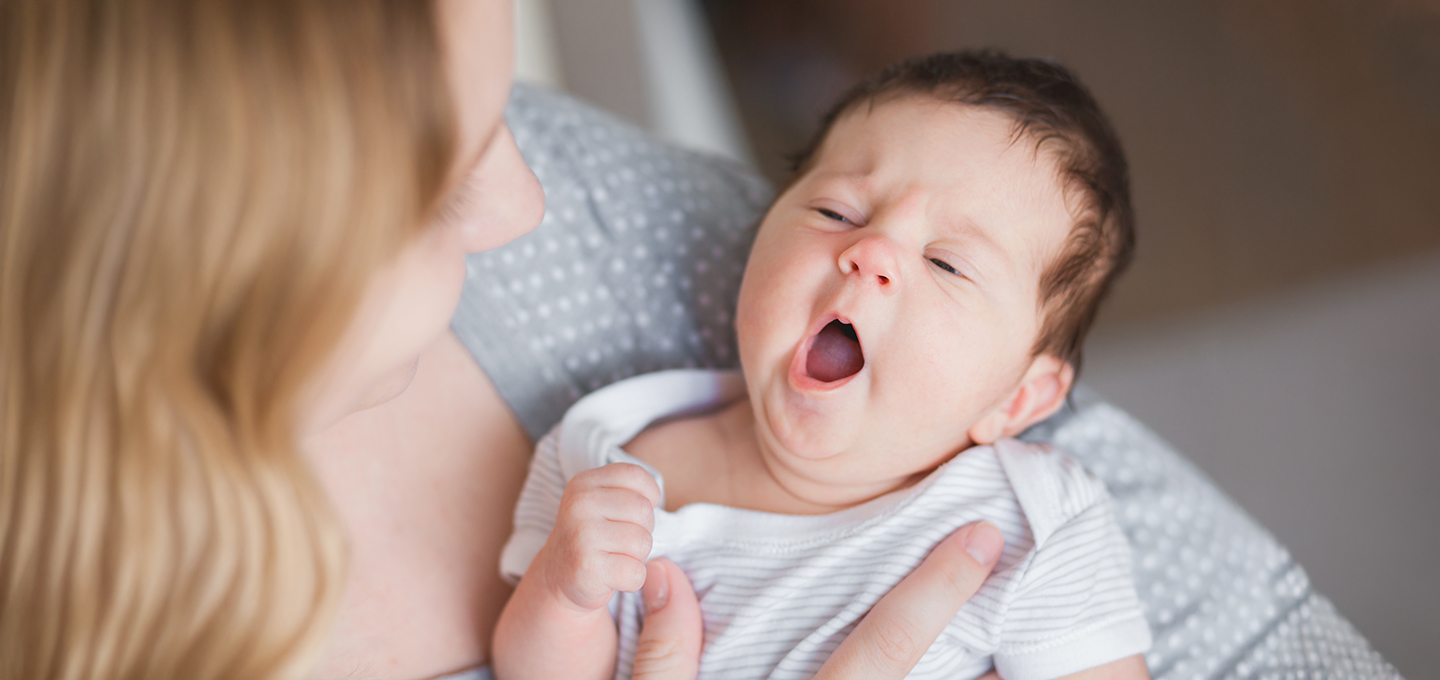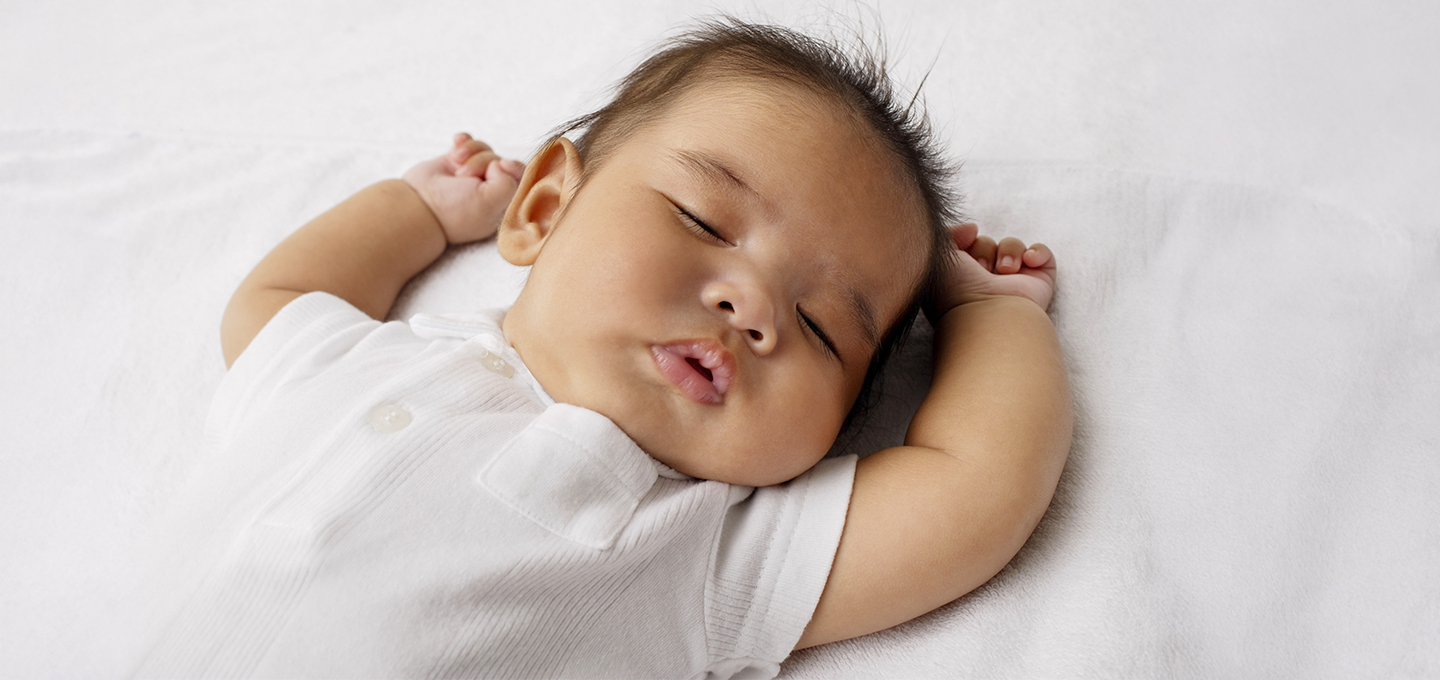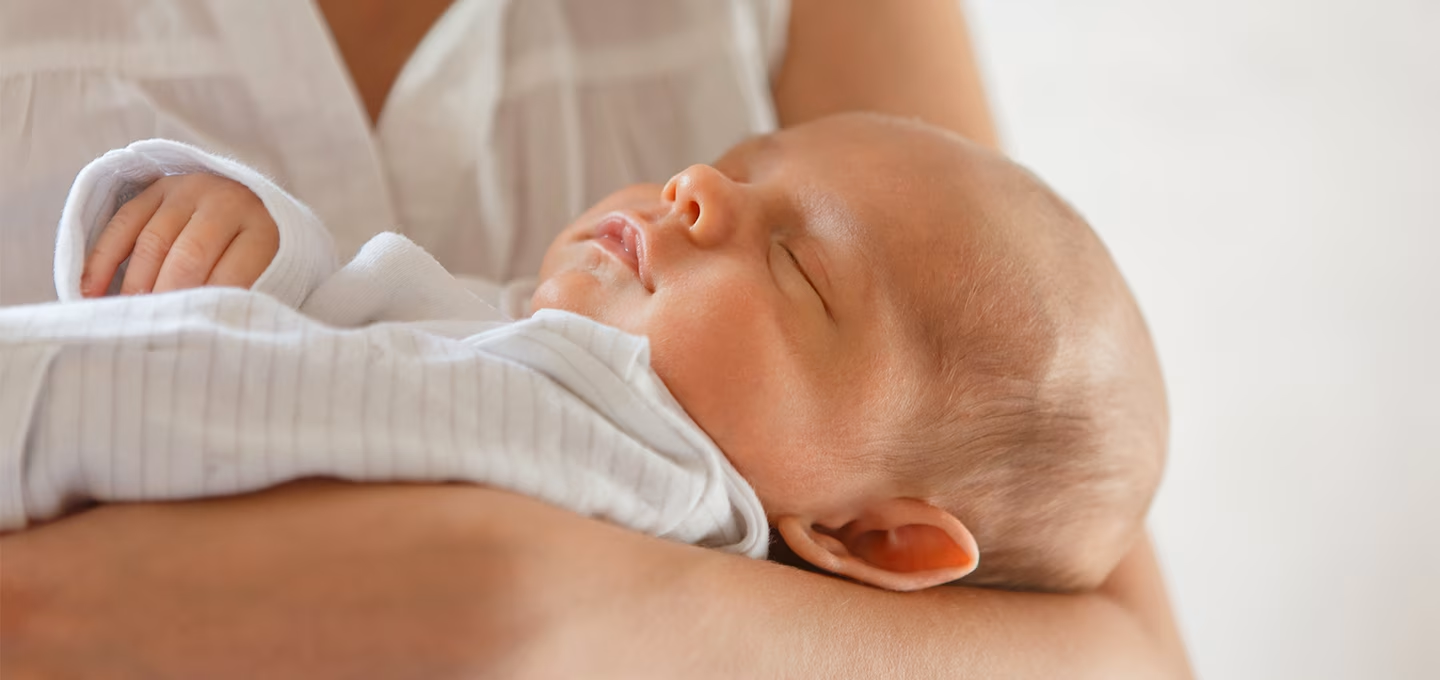
What to Do if Your Baby Only Sleeps When Held


Tale as old as time—your baby sleeps like a dream when you’re holding them but wakes the second you lay them in their crib. For many, this is the beginning of what may seem like an endless cycle of trying to get your baby to sleep on their back so you can get some shut eye as well. While it’s normal and often recommended for you to hold your newborn while they sleep for naps, contact naps may become a habit for an older baby that is harder to break. Always holding your baby when they are sleeping also can keep you from getting the sleep you need as a parent, since it’s unsafe to hold your baby while you’re also asleep. While contact naps and “nap traps” are expected for the first few weeks of life, and continue to work for some families as well as a baby gets older, if you're starting to ask yourself, “How do I get my baby to sleep in a crib?”, this article is for you.
Understanding Why Your Baby Only Wants to Sleep When Held
Imagine suddenly waking up in an unfamiliar place or position––you too probably wouldn’t want to keep sleeping! After months warm and snug in the womb, your baby needs some time to get used to the outside world and that includes sleeping on their back in the crib. When it comes to why babies sleep well when held, research shows that holding your baby and skin-to-skin contact provides many benefits, including helping your baby relax and feel secure.
For newborns especially, being held against your body and hearing your heartbeat feels familiar. The motion and movement of being held can also help soothe them, as they were constantly in motion before they were born. Your body temperature can also help them regulate their own temperature, which they’re unable to do at the beginning of their life.
When Should You Stop Holding a Baby to Sleep?
It’s normal, and welcome, for you to hold your newborn baby while they sleep. Contact naps are a great way for your newborn to adjust to the outside world and there’s not much better than the sounds and cuddles from a new baby! However, once your baby starts to develop their circadian rhythm and understand patterns and routine, which happens around 3-4 months, you could consider stopping holding your baby while they sleep. This is because at this age they could develop a sleep association, which is when they rely on being held to fall asleep. As your baby ages, this sleep habit may become harder to break.
Tip
If your older baby relies on you to hold them to fall asleep and you want them to start sleeping in their crib, take this FREE sleep quiz. A team of expert sleep consultants and pediatricians created an app that looks at your answers and recommends a personalized plan full of easy-to-follow changes and tips to help your baby start to sleep independently.
Safe Ways to Hold a Sleeping Baby
If you decide to hold your baby while they sleep at any age, it’s important to follow safe sleep practices:
Tips for Getting Baby to Sleep in Crib or Stopping Contact Naps
1. Set up the sleep fundamentals
2. Make naps in the crib appealing
Start to offer naps in the bassinet or crib (never your bed) to get your baby comfortable with sleeping without you.
Pediatric Sleep Consultant Mandy Treeby shared how some parents have success wearing the crib or bassinet sheet down your tee shirt for a day, so it takes on your scent. For newborns especially, scent can be very important to get them to sleep in their back in their crib.
If your baby is showing no signs of rolling over, you can also swaddle them before you put them in bed to keep them extra cozy, like a warm hug.
3. Put your baby down in their crib drowsy, but awake
You don’t need to stop holding your baby during the time before naps and bed, but it’s important to put them in their crib once they become drowsy, but before they fall asleep. This allows them to fall asleep independent of you holding them, while still being tired and ready for sleep.
Transitioning from contact naps isn’t easy, but cuddling with your baby first and then putting them down can help with the transition. When you transfer them (after feeding) place them on their side and gently pat their butt and shush in their ear ‘pat shush, pat shush’. Decreasing the amount of time you hold your baby before you put them in their crib can also get them used to falling asleep in their crib, not while being held.
The best way to put your baby down in their crib is feet first, followed by their butt, back, and then head. This approach reduces the startle reflex which can rouse them more.
At first your baby may protest when you put them in their crib awake. If they do, that’s totally normal! Keep consistent so they can get comfortable falling asleep in their crib.
4. Consider sleep training
If your baby continues to struggle with falling asleep in their crib, depending on their age, you can explore one of the many approaches to sleep training. The Smart Sleep Coach app can help you choose an approach that’s best for you and your family and walk you step-by-step how to implement it. Even if you choose to sleep train, you can still respond to your baby’s needs during the nighttime––the goal is just to help them be able to fall asleep without external support.
Remember: crying is normal as your baby adjusts to something new, like sleeping in their crib. With patience and consistency, they will learn to love their bed!
FAQS AT A GLANCE
Sleep consultants say the soonest you could stop contact naps is 3-4 months, but there is no need to stop contact naps if they are working for you.
The Bottom Line
Moving from holding your baby while they sleep to having them sleep on their own in their crib can be a challenge for you both. However, with time, every baby can become a strong independent sleeper––they just need our support. Remember that your baby may not love their crib at first and you could hear some crying. It’s all normal and all part of them growing up. Every baby is different and every parenting appropriate is different, too. As long as you approach baby sleep safely and follow the sleep safety guidelines, whether you hold your baby while they sleep or not is up to you.
- American Academy of Pediatrics Healthy Children.org, “How to Keep Your Sleeping Baby Safe: AAP Policy Explained”
- Sleep Foundation, “How Does Being a New Parent Affect”
